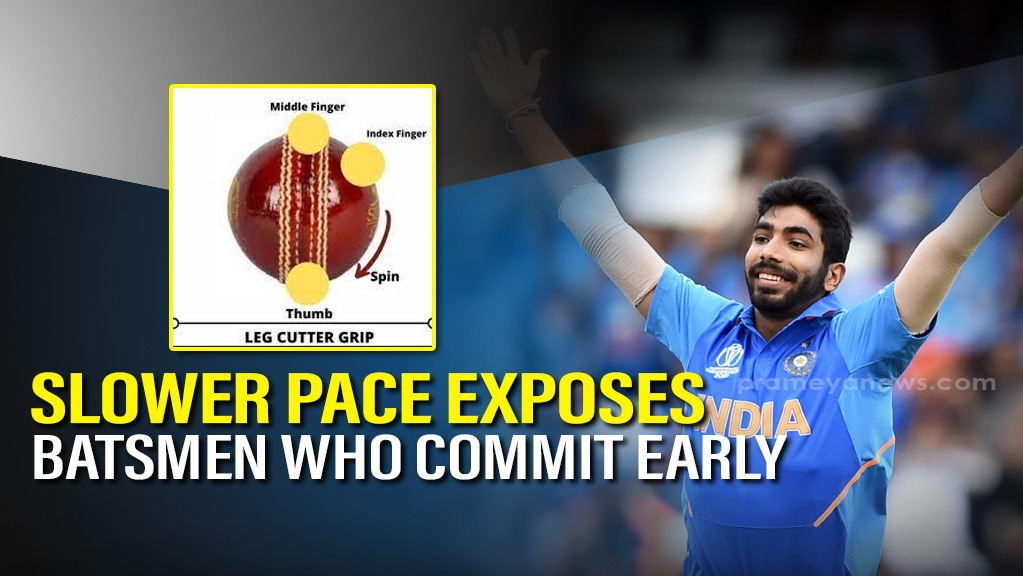

Bowlers Slower Ball in IPL 2025
In the exciting world of cricket today, especially in fast T20 games like the current IPL 2025, the slower ball has changed from being just a trick used sometimes to a key tool that fast bowlers regularly use. It stands alongside the yorker and bouncer as a primary weapon, relying not on raw speed, but on sophisticated deception. This brief looks at the strategy, types, and big effect of the slower ball, and how this trick messes up timing and catches out even the best batsmen.
The Deception
At its core, the slower ball operates on a simple premise: deliver the ball at a velocity significantly lower than the bowler's standard pace, while meticulously maintaining an identical, or near-identical, bowling action. The effectiveness hinges entirely on this trick. The bowler replicates the energy in their run-up, the load-up motion, arm speed, release point, and follow-through, offering no perceptible clues to the batsman.
Batsmen train rigorously to react to deliveries arriving within fractions of a second – approximately 0.45 seconds for a typical fast bowler. Their muscle memory and reflexes are calibrated to anticipate speeds consistent with the bowler's usual rhythm (e.g., around 90 mph for a very fast bowler, or 85 mph for a medium-fast bowler). When the ball arrives considerably slower, the batsman's pre-programmed response mechanism is thrown into disarray. This disruption is magnified when a batsman has premeditated a specific shot, committing their body and bat swing based on the expected pace. Caught mid-action, they often lose balance, make contact too early, or mistime the shot completely, resulting in a weak connection or a dismissal. The degree of pace reduction is also critical; a larger drop in speed (e.g., 90 mph down to 70 mph) generally creates a more pronounced shock and greater difficulty for the batsman compared to a smaller reduction (e.g., 80 mph to 70 mph).
Varieties of the Slower Ball
While the concept is singular, the execution involves a diverse toolkit of grips and release techniques, developed over decades. Once denoting a specific type, 'slower ball' is now a general category for different methods used to gently take pace off the delivery.
Strategic Significance in IPL T20 Format
The proliferation of T20 cricket, with its emphasis on aggressive batting and high run rates, has cemented the slower ball's status. Batsmen in shorter formats are frequently looking to attack, often premeditating shots based on field placements and perceived bowler tendencies. The slower ball directly counters this aggression. By disrupting the batsman's timing precisely when they are committed to a power stroke, it turns their intended strength into a vulnerability. It forces hesitation, induces errors, and provides bowlers with a crucial method to regain control and claim wickets, especially during the high-pressure death overs when batsmen are actively seeking boundaries. Its journey from a perceived "prank" to a calculated, mainstream tactic underscores its vital role in the contemporary bowler's strategic planning.
The slower ball is far more than just a reduction in pace; it is a calculated illusion, a testament to the subtle arts that persist even within the power-dominated landscape of modern cricket. Its success lies in the bowler's ability to mask intent, forcing batsmen to constantly second-guess their timing and instincts. As batsmen become more aggressive and premeditative, particularly in T20s, the diverse family of slower balls – from cutters to knuckleballs – provides bowlers with an indispensable counter-weapon. Its continued evolution and effective deployment highlight the enduring importance of skill, disguise, and strategic thinking in the ongoing contest between bat and ball.